A moonflower plant is an attractive self-seeding plant that produces flowers annually. Moonflower plants are mildly toxic to humans, but their white blooms are beautiful and produce a wonderful fragrance. This plant can grow as a tender perennial vine or as a bush.
Image source: moncking
Moonflowers are often confused with Datura plants. They look similar, and although the moonflower is poisonous, Datura is much deadlier. Here are some differences between the two:
The Difference Between Datura and the Moonflower Vine
Datura (Datura stramonium) differs from moonflowers (Ipomoea alba), which is related to the morning glory. These are the differing characteristics:
Datura stramonium, Image source: monsieur_tr
Ipomoea alba, Image source: Ed Stone
- Moonflower plants are toxic and have some hallucinogenic properties, but Datura can be deadly. It’s so dangerous that it’s banned in some places, just like the Bradford pear tree.
- Datura flowers bloom anytime, whereas the white moonflower will only open at dusk and is night-blooming.
- Moonflower leaves are heart-shaped, but Datura leaves are arrow-shaped.
- Datura smells unpleasant, whereas the moon vine has a pleasant fragrance.
Now that you understand the difference between the two, you can get to know the moonflower plant a bit better.
What Are Moonflowers?
Image source: banefolk
- Common names for the plant include moonflower, moon vine, and tropical white morning glory.
- The scientific name is Ipomoea alba.
- The mature size of the entire plant is often 10–15 feet tall and 3–6 feet wide.
- It requires full sun exposure, not indirect light.
- The moonflower requires slightly acidic to neutral soil that should be moist and well-drained. The soil pH should ideally be 6.0–7.5.
- The flower will bloom and pop open between summer and fall after the frost period.
- It is toxic to humans and animals because the seeds inside have hallucinogenic properties.
Image source: greenfingermuddytoe
It is best to grow moonflowers near a patio or porch so that you can smell their sweet fragrance. If you are looking to plant moonflowers, here are some steps you can take to begin.
How to Grow Moonflowers From the Seed?
The moonflower vine likes to grow on anything and needs a trellis to support its growth. It grows best during warmer months in direct sunlight. Here is how you can get started with moonflower seeds:
Image source: Deelightfuldee
Propagating Moonflower
It is easy to grow a moonflower plant from seeds. You can start by harvesting seeds from a mature vine. Before you plant moonflower seeds, they need to be prepared for sprouting.
Image source: jgeebaby
Start the seeds indoors for 4–6 weeks. During this time, soak the seeds in warm water overnight to break the outer coating.
Plant Moonflower Seeds
The moonflower seed can be transplanted outdoors after the last frost date. This plant’s roots are sensitive, so it’s best to cover the seeds with soil and place them in a biodegradable peat-based pot. After a week, the seedlings will be in a germination phase. The ideal seed temperature is 65–85° Fahrenheit (18–29° Celsius). When you sow seeds, ensure they receive enough air circulation by loosening the soil.
Image source: jgeebaby
If you are worried about the seeds taking root, you should know they are hardy. They can survive prolonged periods of drought and dormancy. Find it hard to believe? Scientists managed to grow a plant from a 32,000-year-old seed!
Learn How to Grow Moonflower With Cuttings
You can grow moonflower plants using cuttings. It can be difficult to propagate the plant this way, but luckily, the moonflower is a self-seeding plant, so it is easy to find and transplant sprouts. Since the plant is considered invasive, picking off the seed pods early is best.
Image source: Fearthafluff
Once you’ve learned how to grow the plant, you must learn how to care for moonflowers. These handy care tips will help you set them up best in the garden.
Things to Follow When You Grow and Care for Moonflowers
Moonflower care is simple and only requires a few steps that you need to follow. Here are some ways to grow and care for the plant:
- Keep the plant in moist potting soil. If you are still determining how much water to add, it’s better to underwater rather than overwater because it can affect the flower quality.
- Place them next to a trellis or other support for the vines to climb quickly. This climbing vine can grow very large and droop if it doesn’t have enough support.
Image source: 8TheRealAlexTrebek8
- A phosphorus-rich fertilizer, like bone meal, helps the white morning glories grow well. If you use too much nitrogen-rich fertilizer, it can cause more foliage to develop than white flowers.
- The plant prefers direct sun for at least 6 hours daily.
How to Get a Moonflower to Bloom
This tropical white morning glory produces white trumpet-shaped flowers. They bloom at night and create a sweet fragrance. The vine produces flowers reliably if it gets enough sun and water regularly. If it gets less sun, the leaves might turn yellow, indicating the plant is not getting enough chlorophyll.
Image source: reddit.com
Speaking of things that can affect the plant’s growth. Moonflower pests can cause trouble and affect the vine. Not all insects are harmless and as cute as this bug that looks like popcorn.
Plant Care Tips for Dealing With Moonflower Pests
After you learn how to plant the moonflower, you must also figure out how to handle the common pests it faces, like mealybugs, whiteflies, or spider mites.
1. Mealybugs
Image source: Ravi Kant
These bugs suck plant juices from different parts of the plant and leave behind a sticky residue. They are often found in warmer climates. In large numbers, they can cause the plant’s leaves to turn yellow and curl. You can eliminate these aphids by spraying the plant with water and putting insecticidal soap on the affected areas.
2. Japanese Beetles
Image source: oktavianus mulyadi
During the plant’s growing season, these beetles poke holes in the leaves and buds and can leave the moonflower looking like a skeleton. They have metallic green bodies and wings that are slightly copperish. You can eliminate them by picking them off the plant and putting them in a bucket of soapy water. Wear gloves when you do this.
3. Leaf Miners
Moonflower doesn’t like or adjust well to this larvae. Leaf miners are tiny 1/16th-inch larvae found inside leaves. When a fly lays eggs, the hatched larvae eat the tender, nutritious inner leaves.
Image source: keara.giannotti
The moonflower’s leaves will begin to have clear or white trails caused by these pests. The larvae don’t allow the plants to grow well because they will hollow out and dry the moonflower. You can get rid of them by spraying an insecticide on the plant.
4. Hornworms
Image source: Haley Parson
These worms are the larvae of sphinx or hawk moths. They have soft, green bodies with white stripes. They can strip the moonflower and leave it bare and lifeless by the end of the season. You can use gloves to pick them off the plant manually and drop them into a bucket of soapy water.
5. Spider Mites
Image source: Epic Gardening
These bugs are small and tough to see. But you might notice their presence if you see webs on the plant. Like mealybugs, they suck the plant juices and can cause the leaves to turn yellow and dry out. You can remove them by spraying the moonflower plant with water and insecticidal soap.
After all this trash talk about insects and worms, I think you need to be reminded that some bugs are spectacular and not always as scary as they are made out to be.
Common Plant Disease You Might Face When You Grow a Moonflower Vine
The plant might be affected by bacterial diseases, black rot, and other problems. Here’s how you can support it during the growth period.
1. Black Rot
Image source: ganibe
This bacterial disease thrives in humid conditions. This bacteria or fungi can affect the white morning glory and cause it to turn dark brown and decay. You can treat the condition by separating the moonflower’s thick vines to promote air circulation. Never water the moonflower at night or from overhead.
2. The Moonflower Seed Can Die
This condition is a damping-off disease and can happen without warning. You can prevent this by keeping the starting seeds in a porous seed-starter mix or peat pots. Ensure the seeds get enough air circulation to stop the fungus from spreading.
3. Plant Rust
Image source: pinhalense
A fungus called leaf rust can appear on moonflowers as reddish-brown spots. They can cause the plant to decay and eventually die. Pick the infected leaves of the moonflower vine and burn them or discard them properly. Don’t put it in your compost pile because the fungus can spread.
The moonflower plant grows fast, and it is easy to grow. It is lovely to look at and gives off a gorgeous scent. Planting moonflower companion plants in your garden is the best way to enhance its beauty.
Morning Glory Companion Plants
The moonflower plant climbs very quickly, so it’s a good idea to grow other bloomers alongside it so that both plants can intertwine and grow. These are some of the best options:
- Spider flower, a tall plant that can reach up to 4 feet. It produces large pink flowers and is self-seeding, making it easy to propagate.
- Cypress vines grow annually and have bright red blooms. This color can contrast and stand out against the soft white of the moonflower.
- Cardoon is a stately plant with silvery-violet flowers and thistle-like leaves. It has an impressive foliage display.
Plant Moonflowers and Beautify Your Garden
Moonflowers are just as delicate and gorgeous as their name suggests. Their floral fragrance and pleasing blooms are the easiest way to make your garden look elegant. Pair this climbing vine well with other attractive plants.
Don’t forget to take care of your moonflower plant and enjoy its flowering period. Try these awesome gardening tips to make your garden a comforting and special place.
Moonflower Care FAQs
What Kills Moonflowers?
There are a few things that can cause your moonflower plant to die. It can be due to less sunlight, beetles, mealybugs, black rot, and other insects or diseases.
Can Moonflowers Be Indoor Plants?
Moonflowers thrive in places with a lot of direct sunlight. If you plan on keeping them indoors, keep pruning the plant. Place it in a south-facing window to get enough light.
What Is Poisonous About Moonflowers?
Unlike Datura, the Ipomoea alba variety of moonflowers has low toxicity. It is safe to touch and collect the seed pods. But you must not ingest the sap or consume the seeds.
Yeah, I really don't recommend planting these, unless you want your garden that is. The more common name for this type of plant is bindweed. The vines spread really easily, the roots are hard to get rid of as they're really strong. My garden currently looks like a jungle, I'm disabled so I wasn't able to eradicate it so it's taken over.
Mine are blooming each night this month. I grow them in pots each yr. so I can better control the moisture level. One tip I've learned is when the tiny flower buds appear, usually 2 or 3 close together, is to pinch off the smallest bud, insuring larger blooms from the other one or two remaining buds.
This is a superb tip! Thanks a ton
Load More Replies...They're called Moonflower because they bloom at night.
Load More Replies...Yeah, I really don't recommend planting these, unless you want your garden that is. The more common name for this type of plant is bindweed. The vines spread really easily, the roots are hard to get rid of as they're really strong. My garden currently looks like a jungle, I'm disabled so I wasn't able to eradicate it so it's taken over.
Mine are blooming each night this month. I grow them in pots each yr. so I can better control the moisture level. One tip I've learned is when the tiny flower buds appear, usually 2 or 3 close together, is to pinch off the smallest bud, insuring larger blooms from the other one or two remaining buds.
This is a superb tip! Thanks a ton
Load More Replies...They're called Moonflower because they bloom at night.
Load More Replies...
 Dark Mode
Dark Mode 

 No fees, cancel anytime
No fees, cancel anytime 






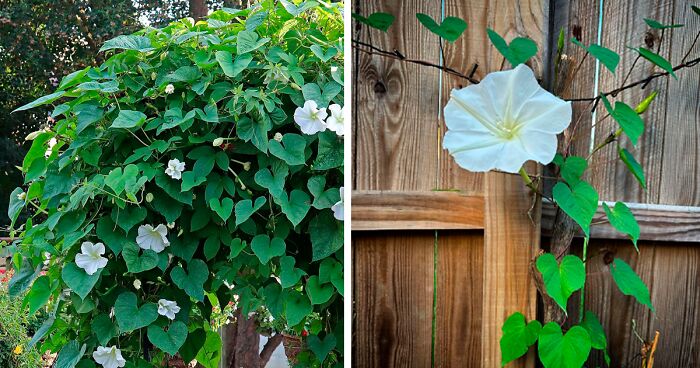
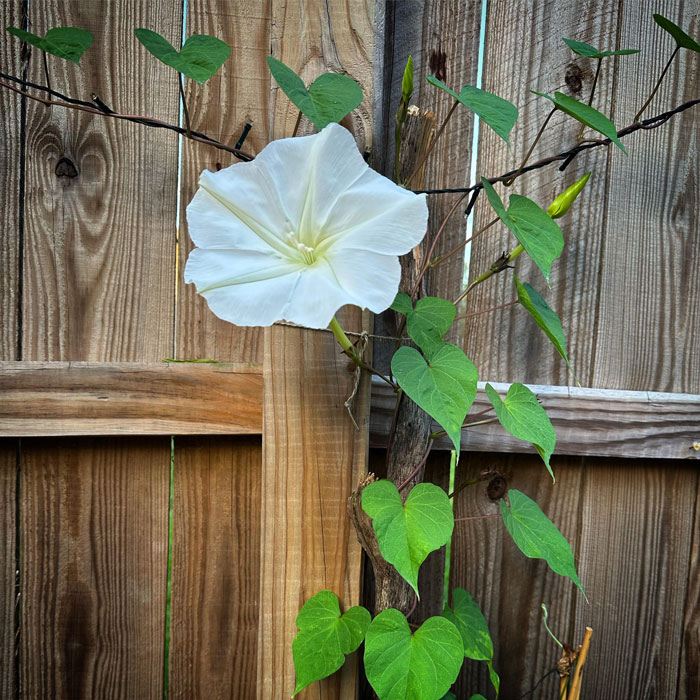
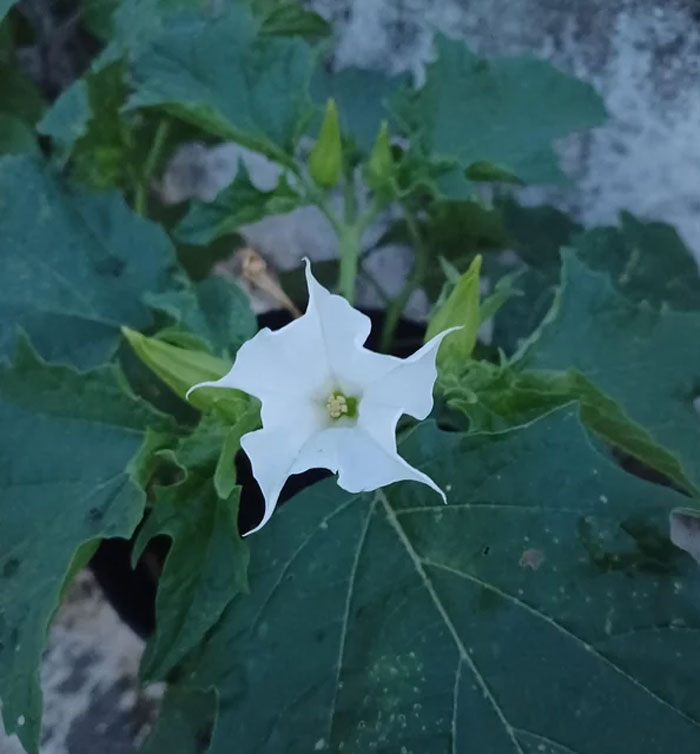
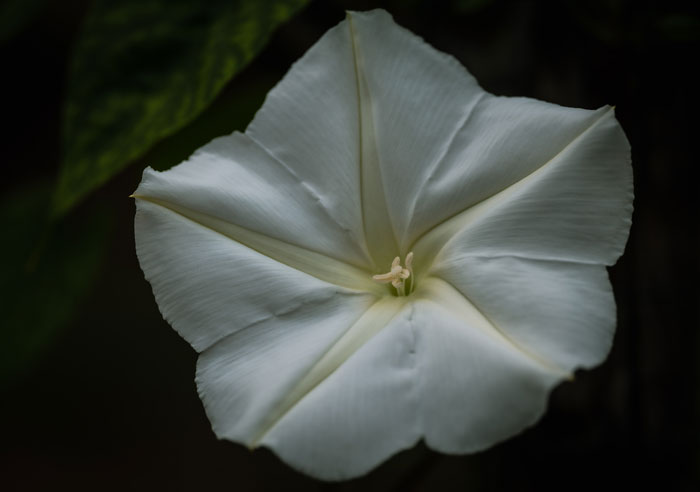
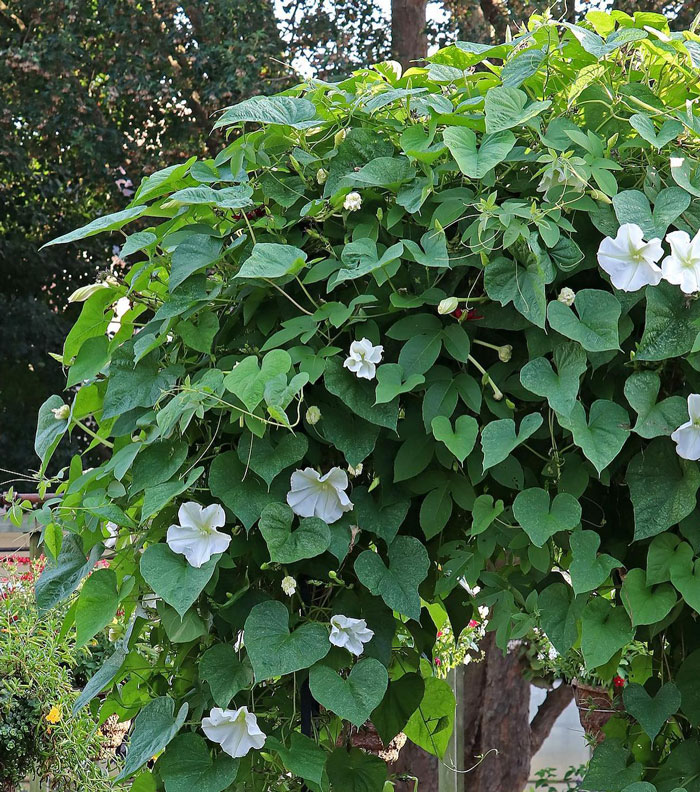
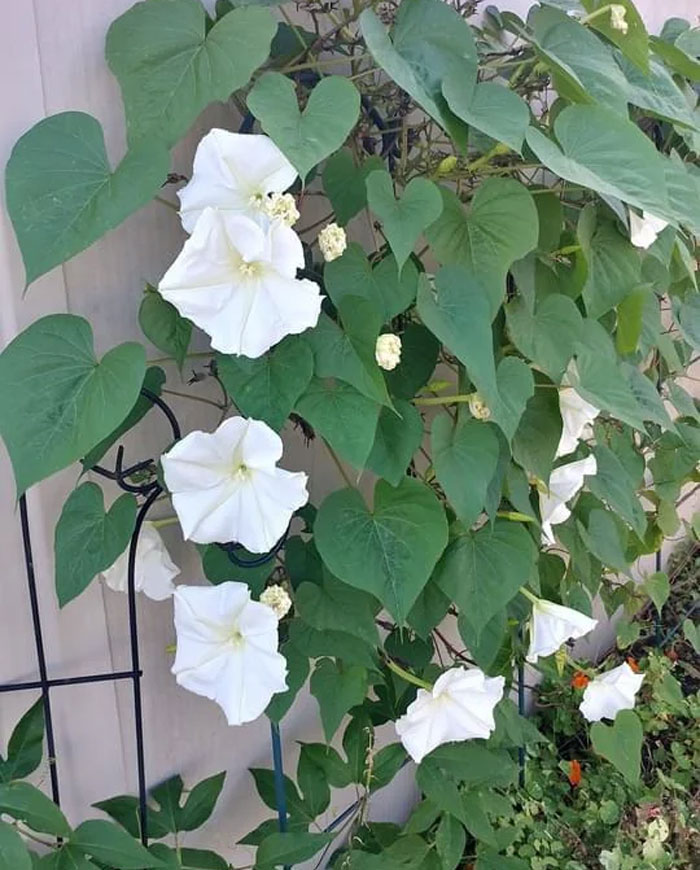
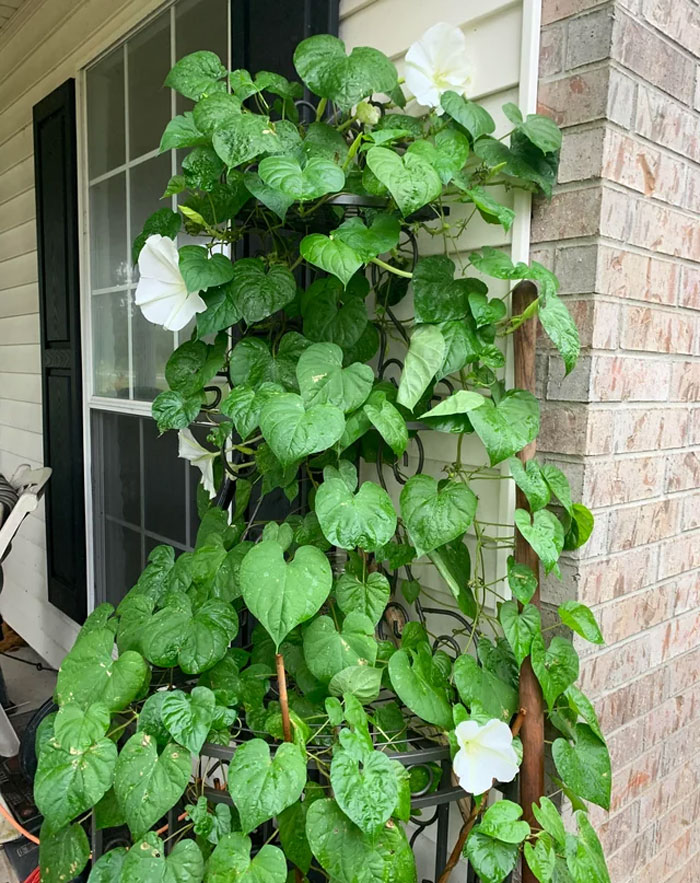
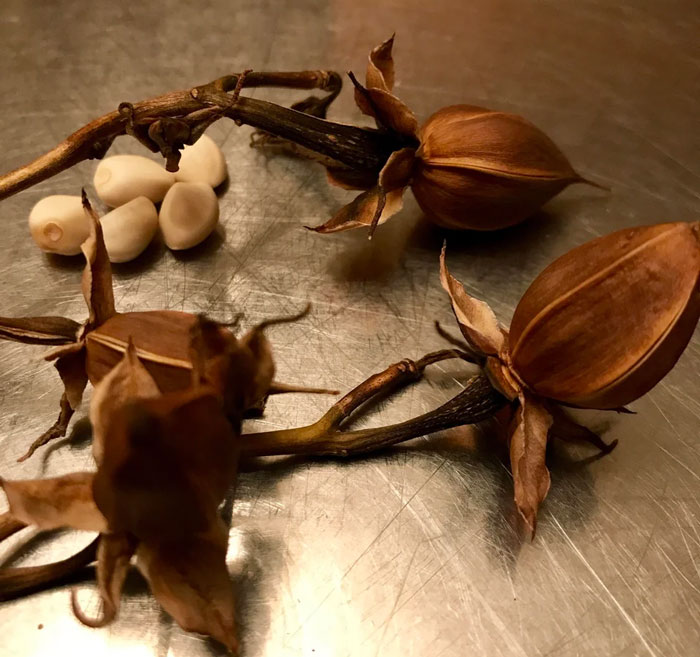
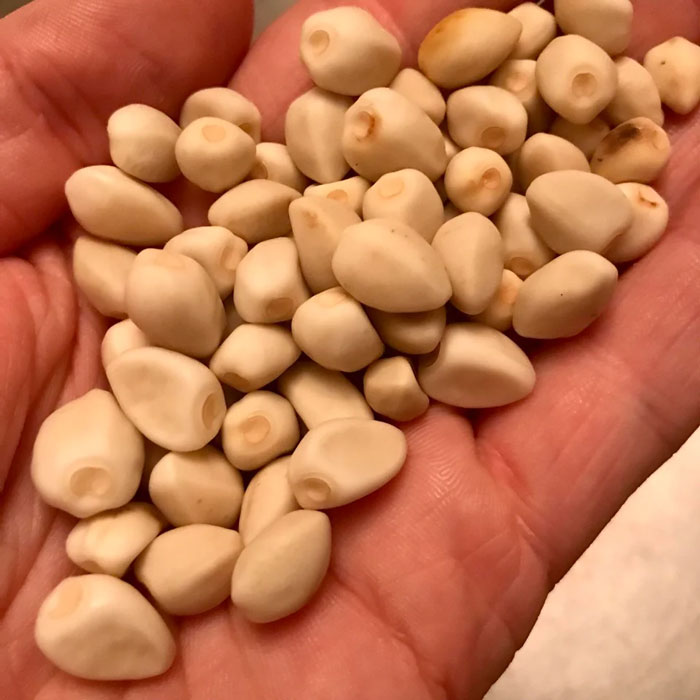
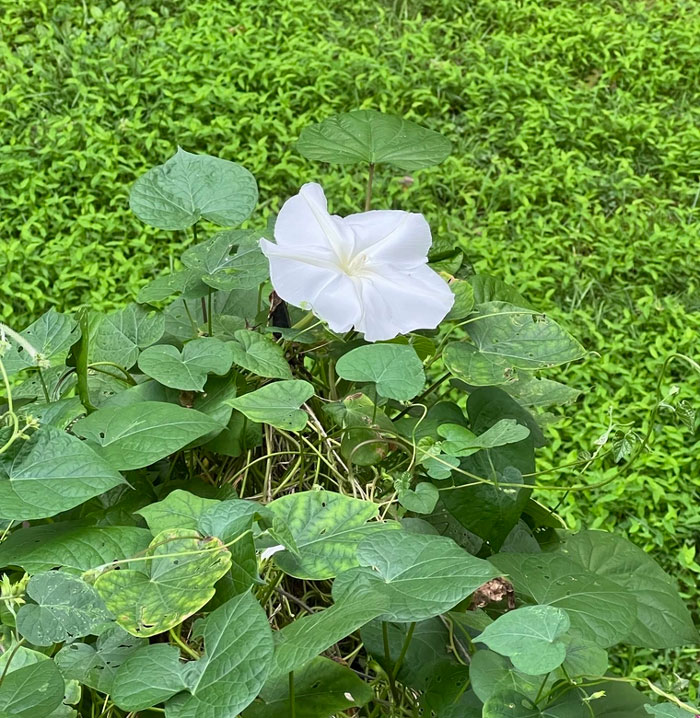
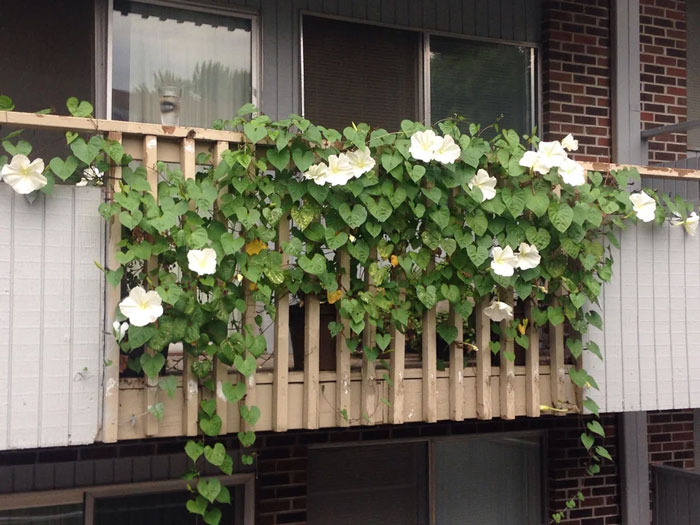
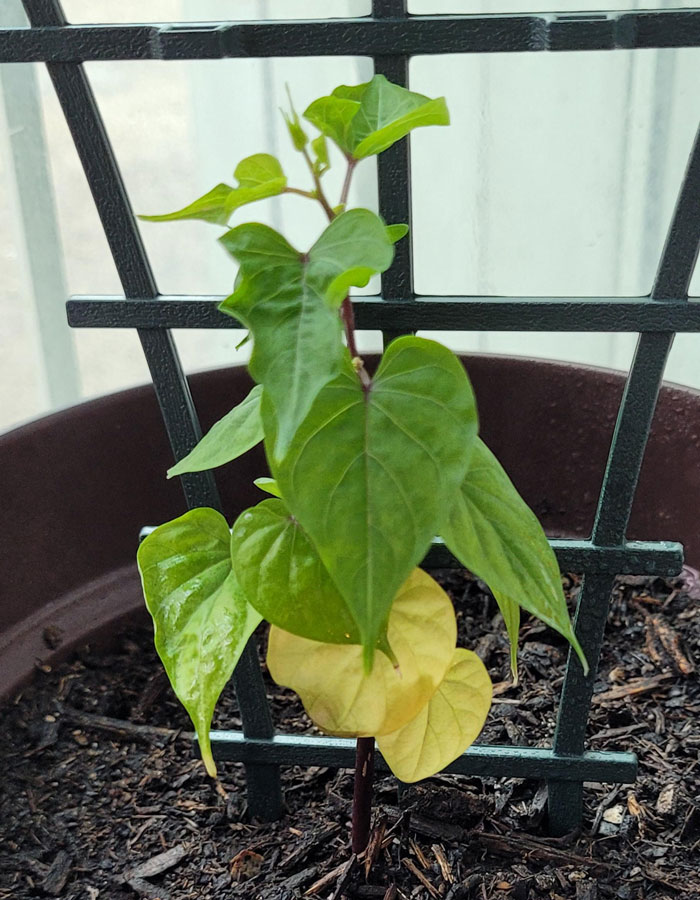
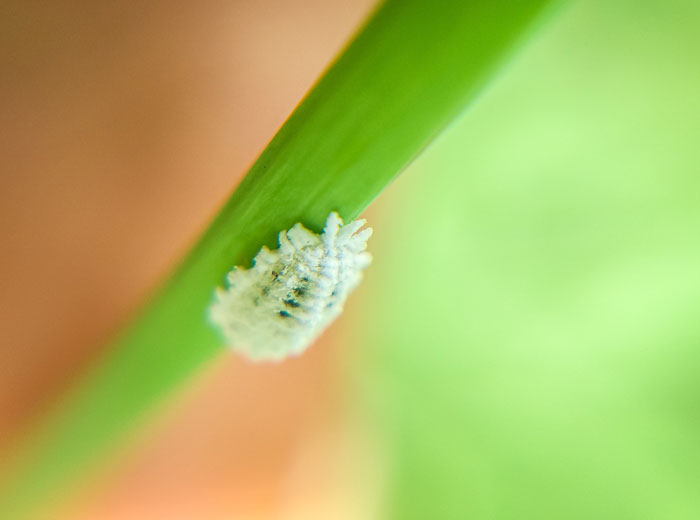
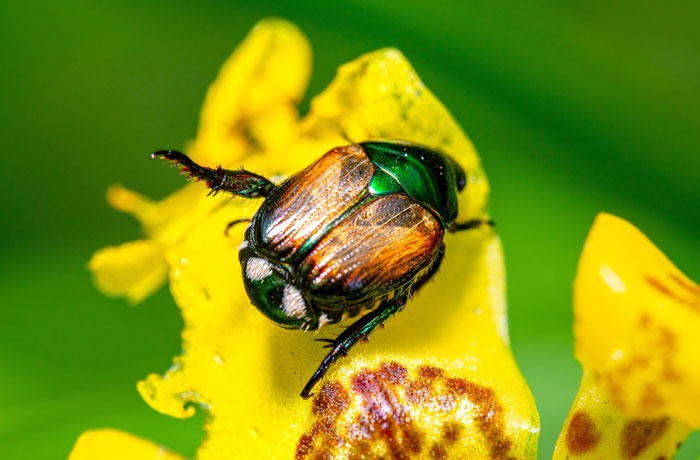
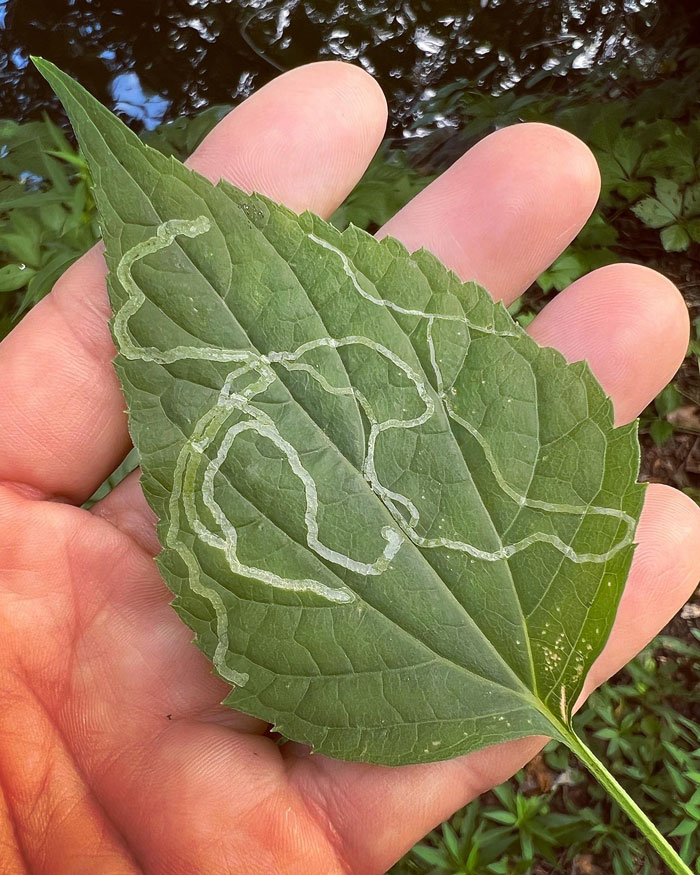
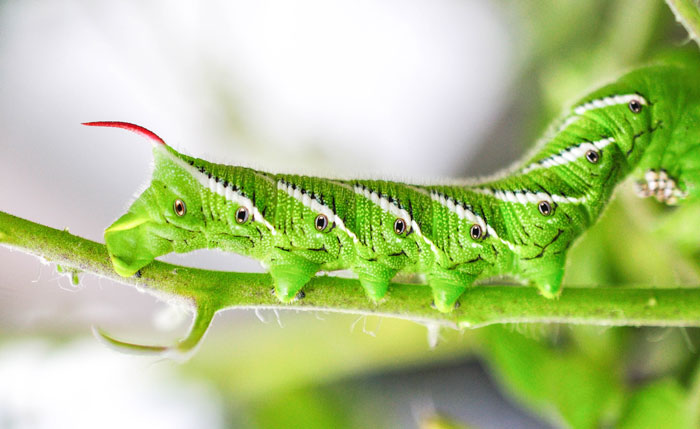
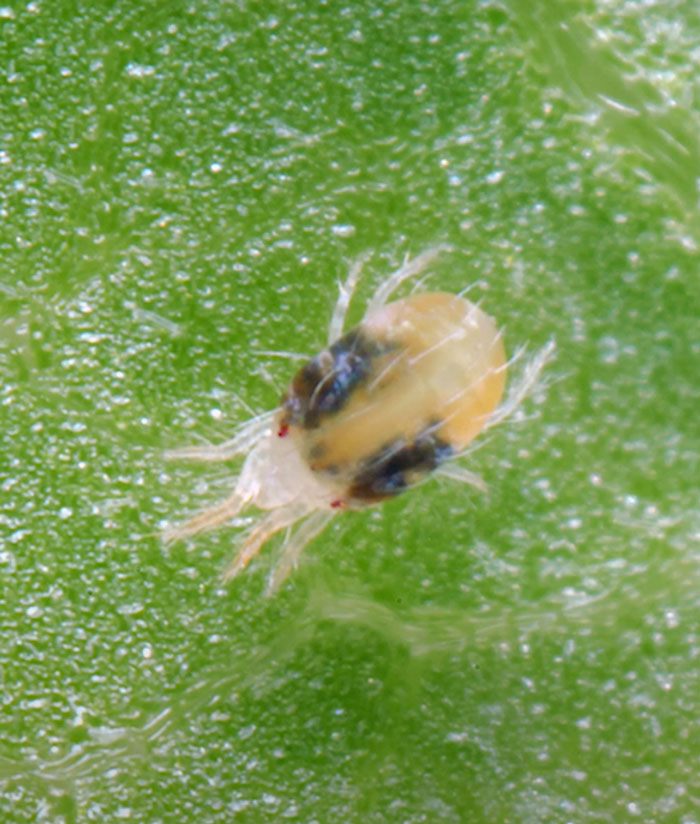
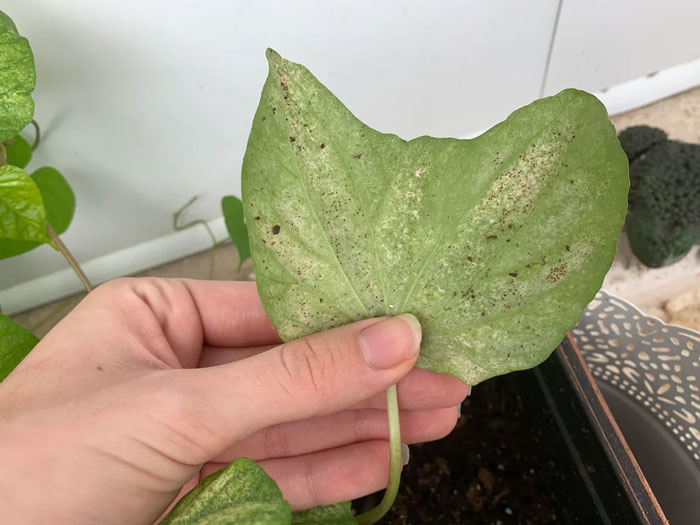
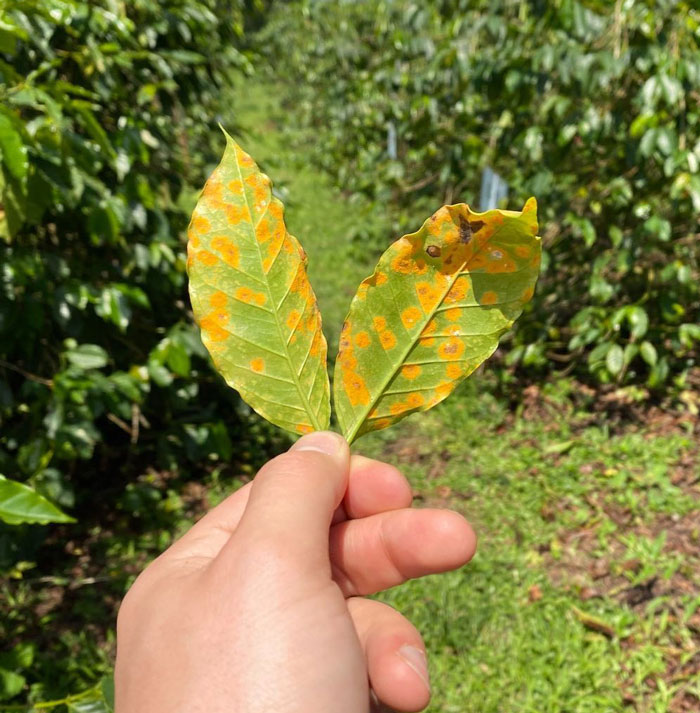













































21
7